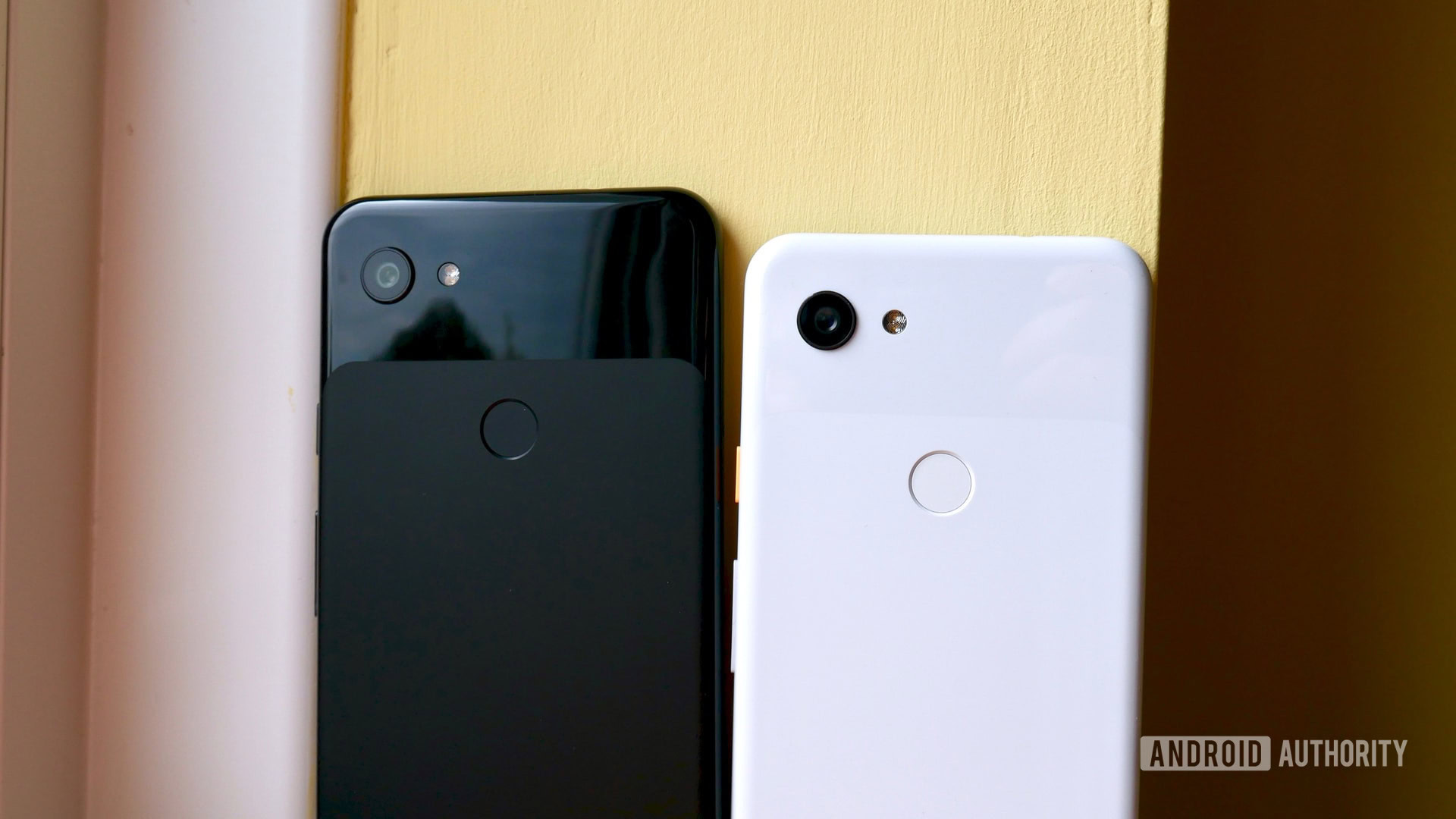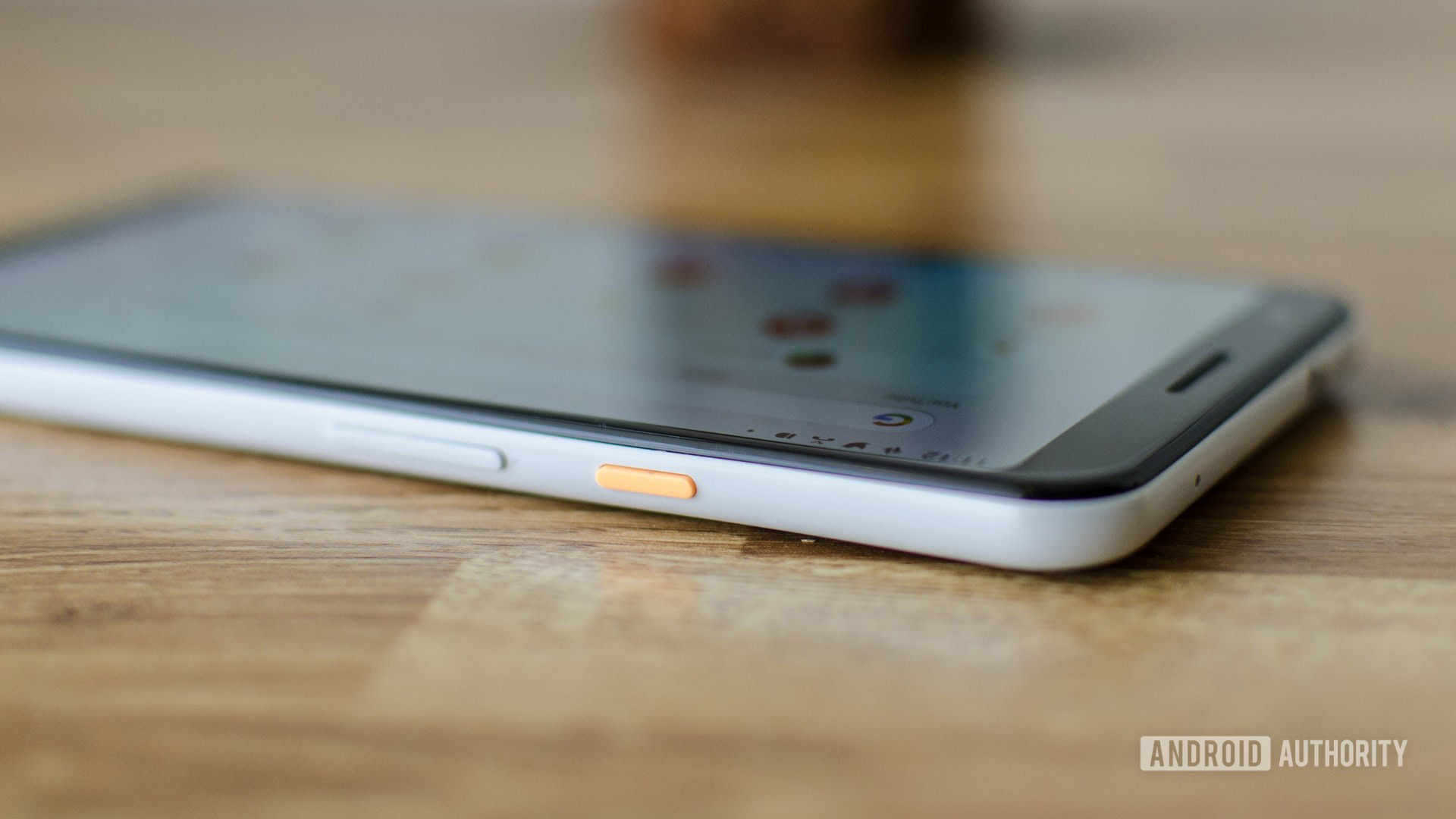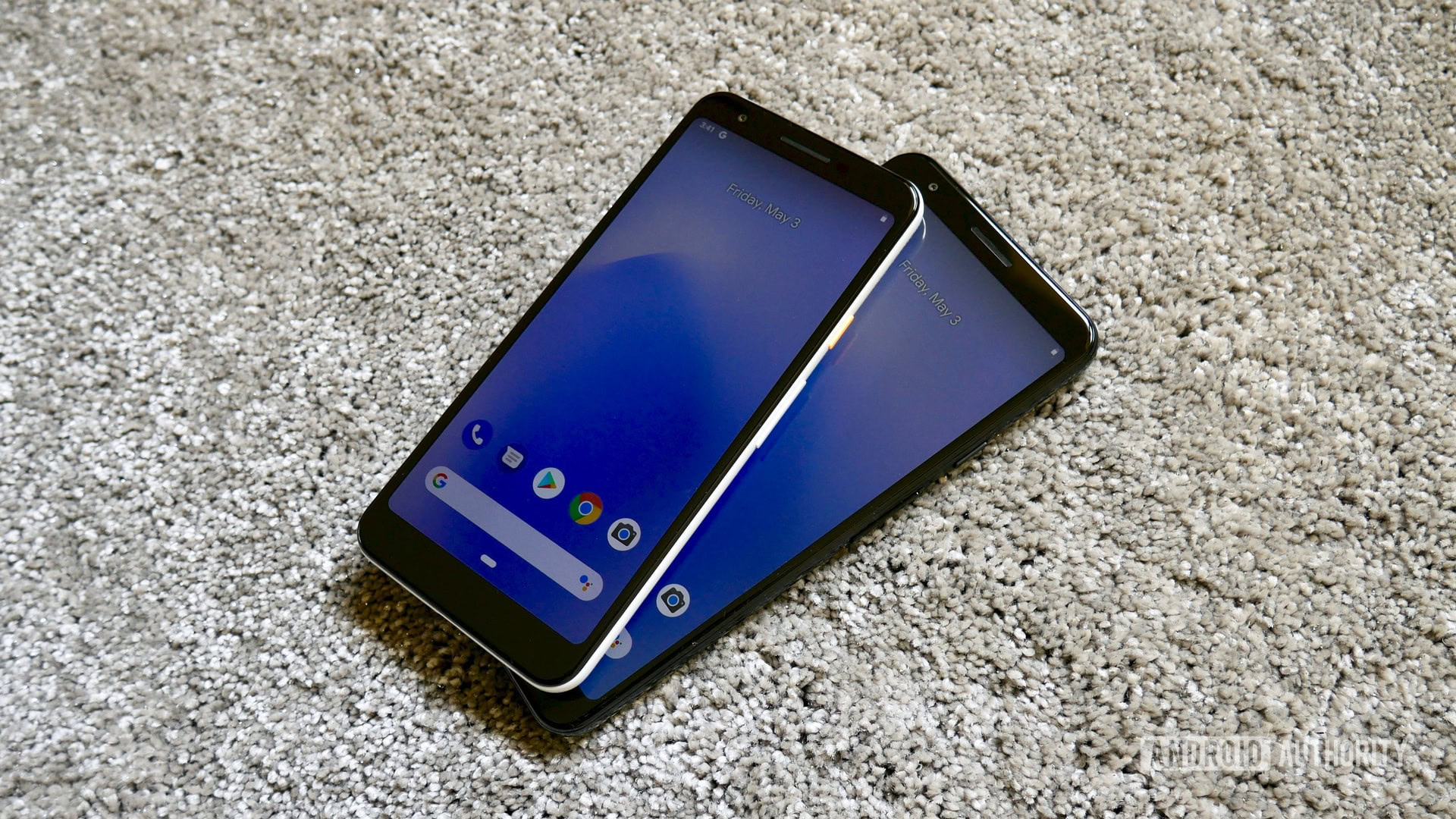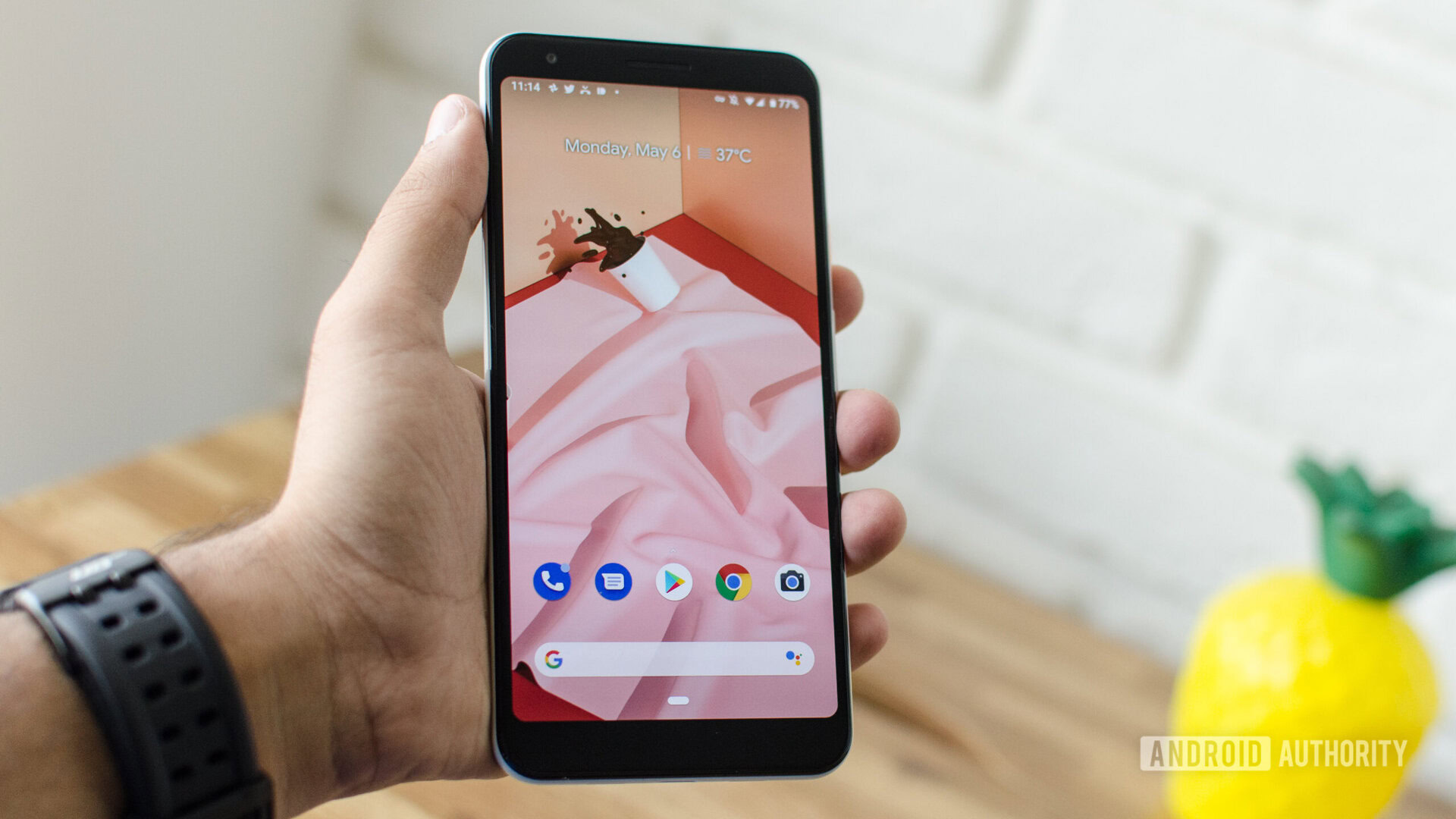Affiliate links on Android Authority may earn us a commission. Learn more.
RIP Google Pixel 3a — A modern classic that deserves a longer run

Believe it or not, May 2022 marks the three-year anniversary of Google launching the Pixel 3a series. That means there won’t be any more Google Pixel 3a updates going forward (although Google could have one more this month, maybe). The phones will still work just fine, but the lack of future Android security updates makes them insecure. It would be advisable for users to upgrade.
While this day wasn’t unexpected, it’s still a bit sad. The Pixel 3a and Pixel 3a XL represented a seismic shift for the Pixel brand. You can draw a straight line from the success of the Pixel 3a to the failure of the Pixel 4 and back to the success of the Pixel 6 series. Without any hyperbole, this phone completely altered Google’s smartphone portfolio.
Not only that, but the Pixel 3a also shifted the budget and mid-range smartphone sectors as a whole. The Pixel 3a’s very existence forced competitors — most notably Samsung — to up their game when it comes to non-flagship devices.
Our picks: The best budget phones you can currently buy
In other words, May 2022 doesn’t just mark the end of life for a normal smartphone. With Google Pixel 3a updates ending now, we are waving goodbye to a modern classic — one for the history books.
In 2019, the Pixel line needed a shake-up

When the Pixel 3a series launched in May 2019, the most recent Pixel phones were the two in the Pixel 3 series from October 2018. They weren’t abject failures, but they were very divisive. The huge notch on the Pixel 3 XL, for example, earned a ton of nasty comments. Overall, the two phones didn’t appear to drastically derail — or advance — Google’s standing in the smartphone world.
The Google Pixel 3a and 3a XL, though, were different. They each looked like a Pixel 3, had the same camera system as a Pixel 3, and had most of the same software features, including the same speed and longevity of updates. However, Google cut out spec and design elements to bring the Pixel 3a’s price to literally half that of a Pixel 3 at just $399.
When the Pixel 3a came out, no other Android company was doing anything like it.
In a sense, these new phones were like a band’s greatest hits collection: all killer and no filler. This might seem like an uninteresting thing, but at the time, no other Android company was doing this (I’ll explain more about this in a bit). The closest facsimile we had was the 2016 launch of the first iPhone SE, which offered some high-end features (such as the processor) while cutting out others to keep the price down. The thing that Google understood that Apple didn’t, though, is that buyers don’t want a phone that looks like one from five years ago.
All accounts suggest the Pixel 3a series likely sold incredibly well for Google, even outselling the Pixel 3 and, eventually, the Pixel 4. Suddenly, Google became a successful mid-range phone maker after trying to be a premium OEM for years.
See also: All Google Pixel phones released so far
This shook up Google’s entire smartphone strategy. Can you imagine trying to explain to a high-level company executive why buyers are far more interested in your cheap, plastic phone as opposed to your pricey, premium flagship from both the previous and current year?
After the Pixel 4 crashed and burned and the subsequent Pixel 4a continued the runaway success of the Pixel 3a, Google even tried to merge its premium ambitions with its budget designs, which resulted in the Google Pixel 5. With that phone, Google abandoned the design language of the Pixel 4 and adopted the Pixel 3a/4a language instead. A mid-range processor and a rehash of the same old camera system kept the price down, too. Unfortunately for Google, this strategy didn’t work out as it thought it might, which is why the company finally revamped its ambitions completely with the Pixel 6 series.
Basically, the Pixel 3a changed everything for Google. Its success pushed the company in directions it likely didn’t anticipate needing to go. But Google wasn’t the only company affected.
The industry needed a shake-up, too

Previously, I mentioned that no other Android companies were adopting the Pixel 3a’s strategy. Overall, that’s true, but it still deserves an explanation.
First, many Android OEMs had tried to do something like the Pixel 3a. The OnePlus X is a terrific early example. That phone cut out some of the more premium elements of the OnePlus One and OnePlus 2 while keeping the essentials, such as a flagship-level processor. However, both the OnePlus One and OnePlus 2 were never priced like premium phones, so a cheaper variant wasn’t necessary. There was never a follow-up to the OnePlus X.
Samsung also sort of tried to do a Pixel 3a-like strategy with the Galaxy S10 line, also launched in 2019. It introduced the Galaxy S10e. Despite rave reviews and a devoted following, the phone failed to win over a large consumer base, likely because Samsung simply didn’t go far enough. The phone cost $749, which was only $150 cheaper than the proper Galaxy S10, so it was still a tad too premium. As with the OnePlus X, there was no follow-up to the Galaxy S10e — though the Galaxy S20 FE and Galaxy S21 FE do iterate on that formula.
With the Pixel 3a, Google was the first company to truly nail the concept of a cheap version of a flagship. This success forced all the other Android companies to take notice. Suddenly, we saw a deluge of “Lite” models or new versions of phones with a small letter attached to the name. You know what they say about imitation and flattery, right?
The Pixel 3a set the bar for what a budget version of a flagship should be.
Competitor companies, however, neglected to mimic one of the best aspects of the Pixel 3a: its software and support. Remember that for less than $400, the Pixel 3a gave you the newest version of Android on Day 1 as well as monthly security updates like clockwork. Meanwhile, competitors were committing to one Android upgrade (or two if you were lucky) and sporadic security patches. Savvy consumers, of course, saw right through this ruse.
The company that took the most notice, though, was Samsung. Maybe it was the relative failure of the Galaxy S10e combined with Google’s success in the budget tier, but Samsung completely changed its strategy after 2019. At that point, buying something like a Galaxy A phone was pointless, since you would be spending a lot more money than you’d think for a completely sub-par experience. Fast forward to today and the Galaxy A line is filled with great phones at very decent prices.
Likewise, on the software front, Samsung’s modern Galaxy A line gets a solid commitment. In 2019, a user would be lucky if their Galaxy A phone got two years of support with most only getting one Android upgrade. In 2022, higher-end Galaxy A phones get four years of Android upgrades with three-year commitments going to cheaper models. It’s a totally different market.
In other words, you can thank the Google Pixel 3a directly for why the budget and mid-range industry looks the way it does right now.
Read more: The Galaxy A and Pixel a series have ushered in the golden age of budget phones
Google Pixel 3a updates are over, but the “a” line lives on

The Google Pixel 3a was followed up by the Pixel 4a, then the Pixel 4a 5G and a Pixel 5a, the latter of which launched in late 2021. This year, we expect a Google Pixel 6a — possibly even later this month.
Continued reading: How the prices of Google Pixel phones have changed over the years
Clearly, Google isn’t going to stop releasing a-series phones. If the Pixel 6a can repeat the same formula as the Pixel 3a and deliver a Pixel 6-like experience at a price that is close to $400, the thing will fly off shelves. We only hope that Google doesn’t make the mistake Samsung made with the Galaxy S10e — if the Pixel 6a is too close in price to the Pixel 6, it just won’t work.
Regardless, this month marks the end of the original Pixel 3a. We probably won’t be seeing any more Google Pixel 3a updates, but we can reflect on its importance in the smartphone history books. So much has changed since it launched and the industry is much better for it.
Here’s to you, Pixel 3a: gone too soon, but not forgotten.